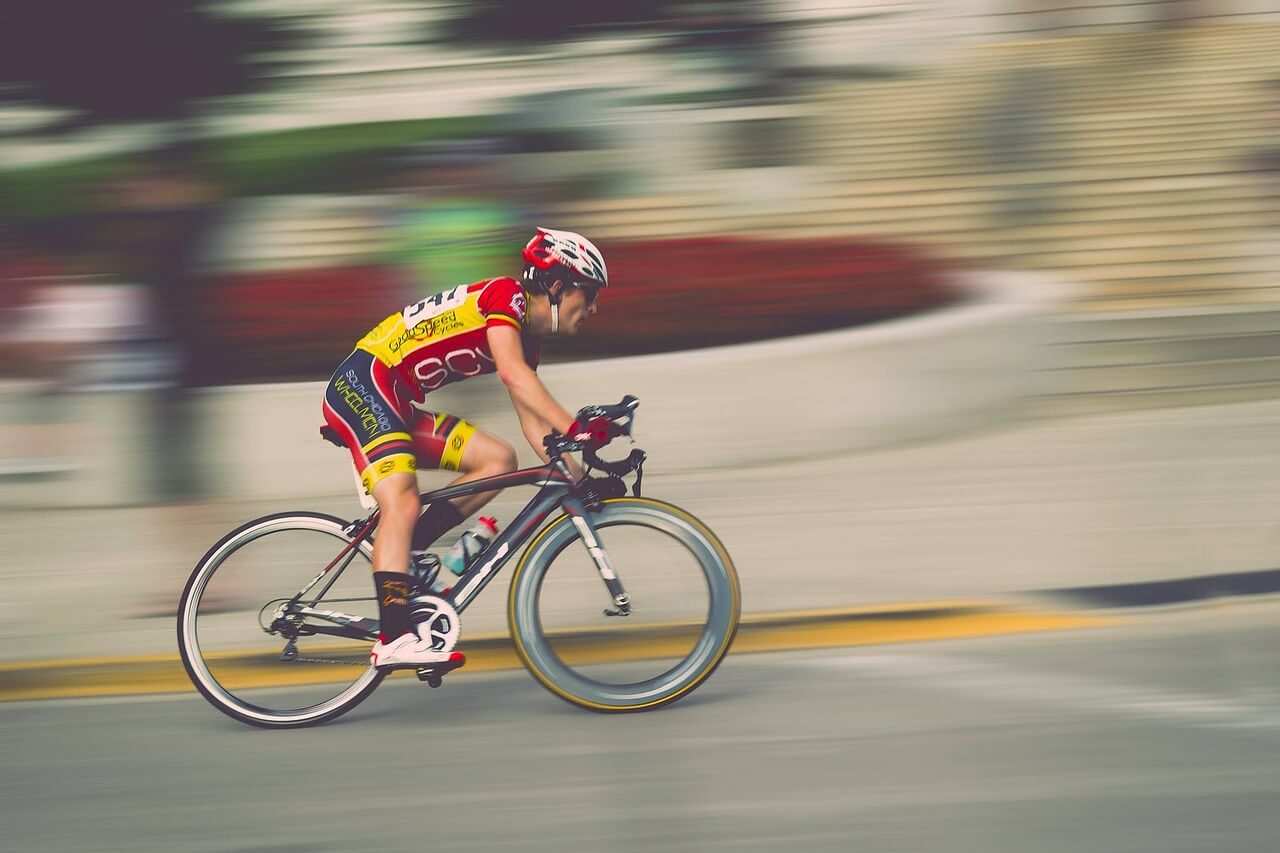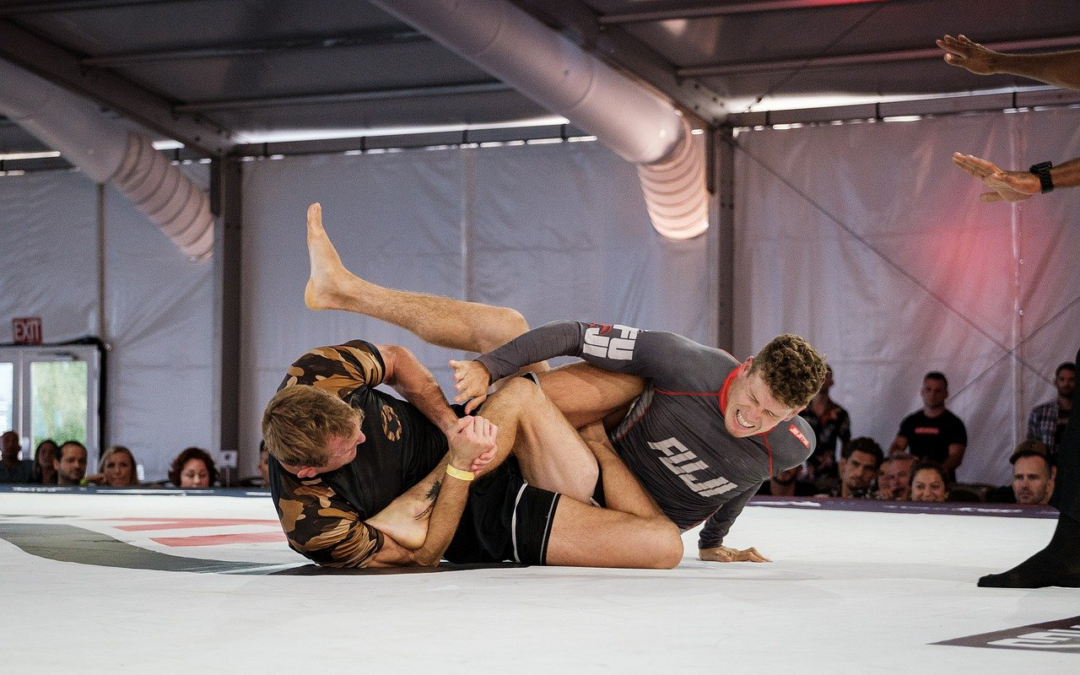In cycling, just as in any sport, conditions play a pivotal role in determining race outcomes and influencing betting decisions. Unlike a controlled environment like a stadium, outdoor races involve various environmental factors, each impacting how riders perform and how races unfold. From the unpredictable nature of weather to the grueling demands of high altitudes and the complexities of diverse terrains, understanding these elements can provide valuable insights for those who analyze conditions for informed betting decisions. Let’s dive into how each of these factors impacts cycling outcomes and tips for incorporating them into your betting strategy.
Weather Conditions: The Unpredictable Factor
Weather is one of the most challenging variables in cycling events, capable of changing the entire dynamics of a race. Wind, rain, and temperature fluctuations affect riders differently, often favoring certain cyclists and impacting race outcomes.
- Wind: Strong headwinds or crosswinds can slow the race down and make it harder for riders to break away from the peloton. Conversely, tailwinds can increase speeds, benefiting sprinters and enabling quicker finishes. In windy conditions, look for riders who are known for drafting and teamwork as they are often better at conserving energy.
- Rain: Wet conditions can make road surfaces slick, increasing the likelihood of crashes. Riders with technical skills and experience in wet conditions tend to perform better, as they are adept at cornering and braking under challenging circumstances. For example, classics specialists and riders from typically rainy regions may have an edge in wet conditions.
- Temperature: Extreme temperatures, whether hot or cold, test riders’ endurance and physical resilience. High temperatures can lead to dehydration and cramping, especially in longer stages, while colder conditions may favor riders accustomed to such weather.
Weather Tracking Resources: To stay on top of conditions, follow specialized cycling weather services like MeteoCycling or general weather apps like AccuWeather and Windy, which provide wind speeds, precipitation forecasts, and temperatures for specific race locations. Accurate weather tracking helps bettors anticipate potential shifts in race outcomes.
Altitude: The Demanding Heights
Altitude is another key factor, especially in mountainous stages that test a rider’s endurance, oxygen capacity, and climbing ability. High-altitude races, such as the iconic mountain stages in the Tour de France, favor climbers with superior aerobic conditioning and the ability to perform under low-oxygen conditions.
- High Altitude Effects: Riders accustomed to high altitudes, particularly those from mountainous regions or with altitude training, often have an advantage in these conditions. They can endure longer ascents and recover faster from exertion compared to their sea-level-trained counterparts.
- Altitude Acclimatization: Cycling teams may conduct training camps at high altitudes to prepare riders for major races involving high climbs. Checking which teams have completed altitude training can be a valuable predictor of performance in high-altitude stages.
Resources for Altitude Information: Websites like ClimbByBike and VeloViewer provide detailed information on race elevation profiles, which can guide bettors in assessing how the terrain’s altitude impacts various riders.
Terrain: The Ultimate Test of Skill
Each cycling race is a unique test of a rider’s skill, determined in large part by the terrain. From flat sprints to hilly challenges and mountain ascents, understanding the specific demands of the terrain is essential to placing informed bets.
- Flat Stages: Flat stages typically favor sprinters, as they allow high speeds and offer opportunities for powerful, explosive finishes. During these stages, sprinting teams control the peloton, setting up their riders for fast sprints. Flat terrain often results in lower variance and can make outcomes more predictable, depending on team strategy.
- Rolling Hills: Rolling terrains are ideal for breakaways or solo riders who are adept at handling multiple changes in elevation. Bettors might look for riders known for short bursts of power and those capable of managing consistent speed over varied gradients.
- Mountain Stages: In mountainous stages, endurance and climbing ability are paramount. These stages often see the general classification (GC) contenders, or race leaders, making their moves to distance themselves from the competition. Climbers and GC riders often shine here, especially those with previous mountain stage wins or consistent high finishes in hilly terrain.
Terrain Analysis Resources: For comprehensive terrain data, Strava provides course analysis and rider statistics, while ProCyclingStats and CyclingNews offer insights into past performances on similar terrain. These resources help bettors assess how riders handle specific types of courses, giving valuable insight into possible race outcomes.
Tips for Factoring Conditions into Cycling Bets
- Study Rider Profiles: Look into each rider’s performance history in similar conditions. Sprinters, climbers, and GC riders each have different strengths, and environmental conditions can enhance or hinder these advantages.
- Assess Team Tactics: Cycling is a team sport, with certain teams excelling in drafting, breakaway management, or altitude performance. Familiarize yourself with team dynamics and strategies for the best insight.
- Use Live Betting Opportunities: Environmental factors are dynamic, meaning they can shift mid-race. Live betting options allow you to respond to sudden weather changes, altitude shifts, or terrain-related challenges as they happen, potentially giving you an edge as the race unfolds.
Maximizing Your Cycling Betting Strategy with PIWI247
Betting on cycling with PIWI247 offers you access to real-time odds and a vast range of betting options, allowing you to leverage environmental factors in making your picks. With PIWI247, you’ll enjoy a seamless betting experience with markets for every major cycling race, from the Tour de France to one-day classics, and all the resources you need to bet smart on the sport you love.
Ready to put your cycling knowledge to the test? Sign up with PIWI247 today and gain a competitive edge in your cycling betting journey.
Cycling Bets FAQ
How does weather impact cycling race outcomes?
Weather affects race dynamics significantly. For example, strong winds can slow down the peloton, while rain increases the risk of crashes on slippery roads. Riders who excel in specific conditions, such as strong crosswinds or wet roads, may have a competitive edge in certain weather.
Why is altitude important in cycling races?
High altitudes reduce oxygen levels, making races more challenging for riders. Cyclists trained at altitude or those used to mountainous environments often perform better in these conditions, especially in high-altitude stages like those in the Tour de France.
What type of terrain favors sprinters or climbers?
Flat terrains typically favor sprinters who excel in speed and quick finishes, while mountainous terrain suits climbers who have superior endurance and strength for long ascents. Mixed terrains may allow for breakaways or favor riders with versatility.
How does PIWI247 enhance the cycling betting experience?
PIWI247 offers competitive odds, a range of betting markets, and live betting options, allowing you to adapt your strategy in real-time based on changing race conditions, like sudden weather shifts or unexpected course challenges.
What strategies should I consider when betting on cycling?
Consider analyzing rider profiles, team strategies, and live betting options to adapt to real-time changes. Riders’ past performances in similar conditions, team strengths, and terrain experience can all offer useful insights for your bets.
Kyle Daly
Is a 35-year-old sportswriter who enjoys walking, jogging, and other physical sports. He started in different blogging platforms and is now a guest blogger for PIWI247. He loves basketball the most. Follow him on Quora today.


